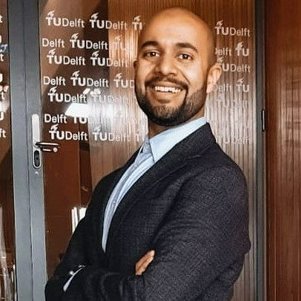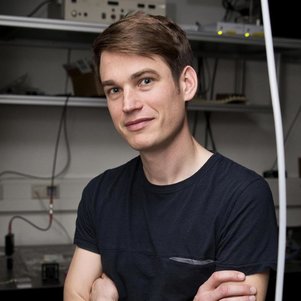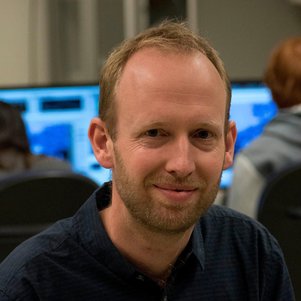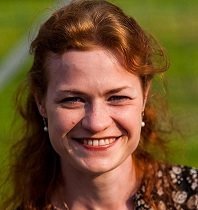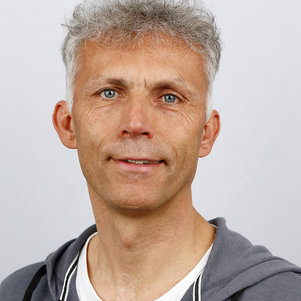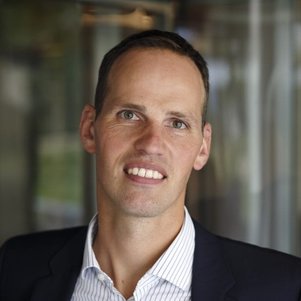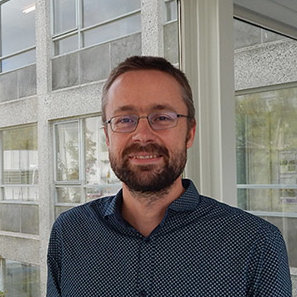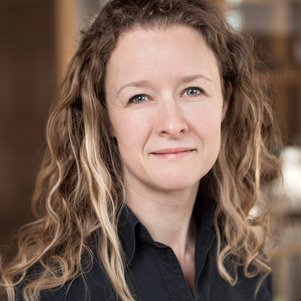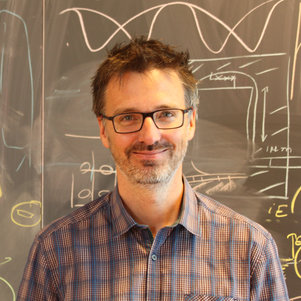5 million in quest for “missing link” in quantum communication
Delft University of Technology and its Kavli Institute of Nanoscience received a five-million-dollar grant from The Kavli Foundation to fund a collaborative effort to develop the quantum equivalent of telecommunication. A team of 14 quantum physicists and biophysicists have set out to find a missing link between quantum computing, sensing, and communication: a transduction system to send and receive quantum information across a broad range of frequencies. This system would allow for a standardised way of connecting quantum devices and sharing information between them, similar to how the worldwide telecommunication network connects us today and allows us to share information through the internet, Bluetooth, phone calls, and more.
With the upcoming revolution of quantum computers, complex problems that would take traditional computers years to solve can be solved in mere seconds. Classical computers process bits, which are tiny pieces of information that make up data, denoted as either a 0 or 1. Everything that is shared online consists of bits, including WhatsApp messages, pictures and TikTok videos. Qubits, the analogue of bits used in quantum computers, have many more possible states, allowing for more complex and faster processing of information within a computer. However, sharing the information stored in quantum computers and devices is still very difficult.
Bridging frequencies
Now that quantum computers are becoming reality, a new problem arises, grant coordinator Mazhar Ali says: “We have no general bridge to transfer quantum information from qubits or quantum sensors to the telecommunication fabric that is surrounding the planet. This bridge is called quantum transduction; converting quantum information into an electromagnetic signal that is suitable for telecommunication and back again. Transduction means simply converting one form of energy into another. Broadband transduction, converting this information across a wide frequency range, is critical to our society. It allows us to connect with each other, talk to each other, and use all of our devices in coordination.”
Credit: The Kavli Foundation
Thus, quantum physicists and biophysicists from Delft University of Technology, QuTech and the Kavli Institute of Nanoscience Delft have joined forces to look for broadband quantum transduction. “Current computers generate information at a frequency of a few gigahertz, while telecom signals are vibrating a thousand times faster; at hundreds of terahertz. However qubits, for example, operate at relatively specific frequencies of five to ten gigahertz. That means we need to find a bridge from the qubit range of a few gigahertz up to the telecom range of hundreds of gigahertz,” says Ali. “But unlike connecting today’s computer data to a satellite, there is the additional challenge of preserving quantum mechanical information while sharing the signal. What we'd love to do is use the same forms of communication that we have while preserving quantum particle and phase information for a broad range of frequencies.”
Microphones
“Microphones are a good example of transducers,” Ali explains. “When talking in a microphone, I produce pressure waves in the air. There’s a material in the microphone that feels the impact of the vibrating air and generates an AC voltage to convert the sound I make into an electrical signal. So the microphone converts the energy from my sound into electrical energy. Microphones are also a very broadband transducer: I can speak at various different frequencies and the microphone can pick them all up in a wide range, and pass them on to a computer or speaker.”
Quantum Materials
Quantum materials like graphene and superconductors may hold the key to quantum transduction, as their behaviour is predominantly dictated by quantum processes. “There are many different types of quantum transitions that quantum materials have in the correct energy ranges we need in order to connect quantum devices to telecom frequencies,” says Ali. “So it seems a natural fit to use quantum materials with transitions that are in this frequency range if we want to make broadband quantum transducers.”
Quantum physicists Mazhar Ali and Simon Gröblacher are coordinating the project together.
Inspired by the eye
“Another place where we’re looking for inspiration from is nanobiology, and it looks like there might be some answers,” Ali says. “As fellow researchers Marie-Eve Aubin-Tam and Dimphna Meijer from the Bionanoscience department have taught me, our whole body is constantly transducing. One example is the eye: various types of molecules inside the eye kink when light hits the eye. The kink causes a little chemical change, which in turn causes an electrical spike going all the way up to the brain. Because visible light is in the terahertz range, it turns out that these molecules are already antennas for terahertz signals. We want to explore if we can combine these molecules with our quantum materials as sensors. These molecules could then trigger the transitions in the material that pass along the quantum information.”
Quantum society
In five years, the scientists hope to be able to demonstrate at least one form of broadband quantum transduction. Ali: “This research is taking a high risk at attacking a grand challenge in physics, but with the high reward of impacting fields from quantum information science to medical imaging. We are a diverse team, combining the expertise of a wide range of scientists across different disciplines so that in the long run, we help build the quantum society that we're all aiming for. Quantum transduction is a surprising kind of missing link that the broader scientific community is starting to think about, and TU Delft and the Kavli Institute of Nanoscience Delft is the perfect place to work on it.”
Quantum physicists Sander Otte and Eliška Greplová, along with eight colleagues from the department of Quantum Nanoscience, are joining forces with researchers from the Bionanoscience department and from the institute QuTech.
Kavli Institute Innovation Award
The Kavli Institute Innovation Award is a grant from The Kavli Foundation and provides funding for high-risk, high-reward research projects.
Read the announcement from The Kavli Foundation here
Grant coordinators
